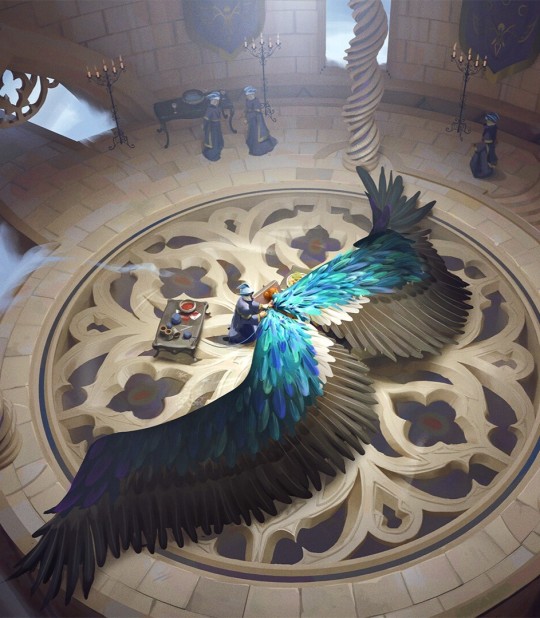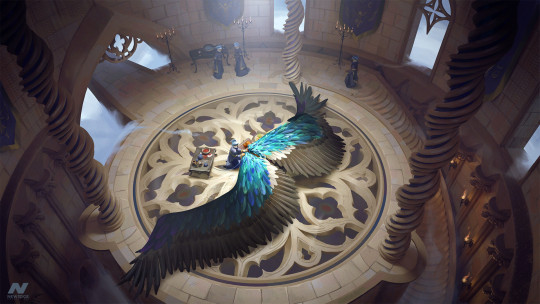shiny things tangled in my nest NO AI HERE
Last active 4 hours ago
Don't wanna be here? Send us removal request.
Text
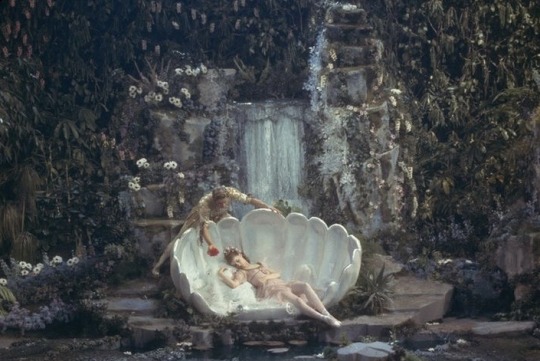
New York City ballet production of Midsummer Nights Dream
241K notes
·
View notes
Text
Does anyone know if this is connected to the 1915 film Les Vampires? The vampire woman wears the identical costume but in all black. The timing and the design makes me sure there's something but I can't dig up any information
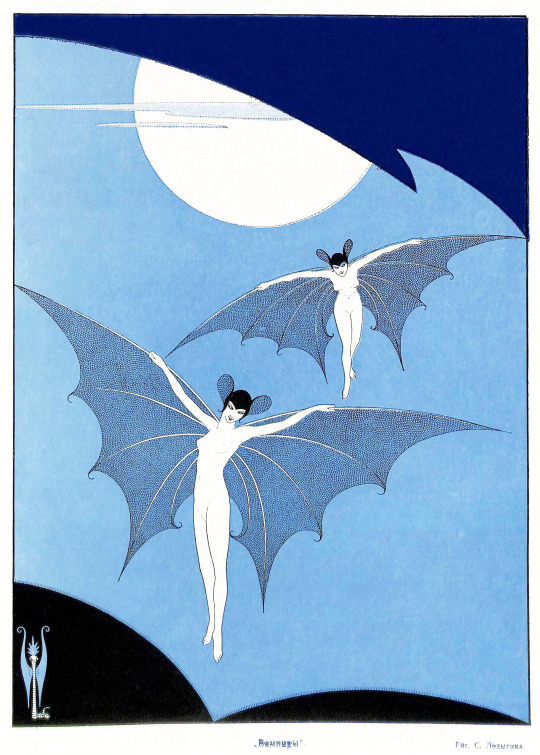
Sergei Lodygin (1893-1961), 'Вампиры' (Vampires), ''Столица и усадьба'', #68, Oct. 15, 1916
2K notes
·
View notes
Text

Alastair (Baron Hans Henning Voigt) (1887-1969), 'Salomé' by Oscar Wilde, 1922
352 notes
·
View notes
Text

Be not afraid!
So a week ago, I sprained my ankle and couldn't walk for 3 days. I'm used to hiking at least an hour a day with my huskies so not being able to walk at all was driving me crazy. And in my jittery sedimentary state, I kept getting visions of this blursed being: a biblically accurate axolotl. There was nothing I could do but draw it. I'm all better now and able to walk again, now back to making less cursed art (maybe)
36K notes
·
View notes
Photo

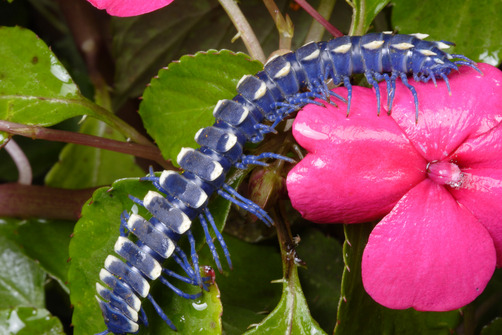


The Featured Creature: Stunning Bright Blue Cloud Forest Millipede Is Sure to Shock You
Okay, who’s ready to have their mind BLOWN?! Check out this absolutely stunning Blue Cloud Forest Millipede (Pararhachistes potosinus) found only in the remote high altitude cloud forests of Mexico. The bright blue coloration warns predators about its ability to produce toxic secretions.
View the full article for more pics and deets!
Photo credits: Luis Stevens, George Grall
5K notes
·
View notes
Text
the curve
somehow ive found myself in a position where folks come to chuck in times of strife for encouragement. lets get the big part of this conversation out of the way LOVE IS STILL REAL and that is the thing to remember. that north star remains. today there is more to talk about though
existence pushes towards love community and freedom, because CREATION is what we were built to do and creation thrives with these things as fuel. IT GETS BETTER. LOVE IS REAL. however this change comes in up and down waves. its not a straight line and should not be expected to be
some of these waves are short and small, and some of the slopes are years or decades long. there is no mincing words here, we are entering a massive downward wave. the implications are huge and it is okay to mourn that. FEEL THOSE FEELINGS. it is an important part of the ride
the most telling sign post on our slope is this: tromp won the popular vote (or likely will when the votes are done). we can talk POLITICAL STRATEGY all day about electoral college or who should court the center or the left and on and on but ultimately THIS is the real story
to me it signals a TRUE cultural shift. likely conservatives will have presidency, senate, house, and supreme court. WHAT A GIANT SLOPE. HOLD THE HECK ON because we will be riding it for a while, deep into the pit of the void. hold your buds tight, prove love at the local level
but heres the thing, MASSIVE waves have happened before. theyll happen again. mind numbing slopes into the abyss and great soaring leaps into the sky. in fact the inertia almost ALWAYS causes them to happen right after each other. hippies or punks back in the day, buckaroos now
politically we were trapped in a basically fifty fifty trot for a long time, but it was not always like this (just look at old election maps what the heck). to be honest, tromps map looks like one of those old maps right now. and DANG did COUNTER MOVEMENTS blooms from those times
in other words, THERE WILL BE A COUNTER CULTURE MOVEMENT THAT WE HAVE NEVER SEEN BEFORE IN OUR LIFETIMES. you are now a rebel for the resistance and the wave that will swing back towards love will awe us in ways we cannot even imagine yet.
but for now, feel those feelings, mourn, prove love, stay safe. do not let the hope i am espousing feel like a distraction from the very real, even deadly consequences of the terrible pit we are plummeting into. it is a horrible day, and FUTURE HOPE does not diminish that, BUT
get ready because that counter culture wave is coming and YOU are a part of it. if you want to shout HECK OFF DEVILS then shout it LOUD, if you want to cry then cry HARD, if you want to love then love with your WHOLE HEART. thats the start of the movement that we dont know yet
when that movement takes shape we will feel the inertia of the curve and it may make us sick from the rollercoaster turn, and that pressure will be uncomfortable and scary, but THEN buckaroo, we will soar, and ill be so dang glad to be holding on tight with you when we do
10K notes
·
View notes
Text

southasiaarchive on instagram: Marwadi married woman's set of silver foot and toe ornaments. Bikaner, Rajasthan.
Source: Ethnic Jewelry from Africa, Asia and Pacific Islands by Rene Van Der Star, 2002 (Published by Pepin Press, Amsterdam)
101 notes
·
View notes
Photo

Perspective is a painting by Gyuri Lohmuller
FB original URL
37 notes
·
View notes
Text

Dancing bugs. The population of an old pear-tree. 1870. Book cover.
Internet Archive
19K notes
·
View notes
Text
Western literature and shoujo manga.
If you're, like me, someone whose passion is old shoujo manga, you may have noticed that at least one or more of your favorite mangaka has written manga adaptations of famous American and European novels. But why ?
According to this essay by Kawabata Ariko and Murakami Riko, in the early 20th century, because there was no Internet, people had no choice but to rely on big bookstores to learn more about and to purchase foreign novels. It was therefore not common to read them. The Iena bookstore, located in Ginza, was a rare indie bookstore that sold art-related foreign books and, while unfortunately, the store has closed today, many shoujo mangaka remember going there often to look for reference material amongst foreign works.



Alice in Wonderland, Daddy Long Legs and Heidi translated in Japanese with covers by Setsuko Tamura in the 80s.
This other essay by Oogushi Hisayo states that foreign novels were only broadly introduced in Japan for young girls in the 30s. Famous girls' magazines (which are to be differentiated with shoujo magazines) such as Shoujokai (created in 1902), Shoujo no Sekai (created in 1906) and Shoujo no Tomo (created in 1908) started introducing Western literature in their issues from the 1930s to the 1940s. Works such as "The Little Princess", "Heidi", "Little Women", "Daddy Long Legs" and more were published in these girls' magazines, making them more known to the Japanese audience and resulting in shoujo manga adaptations in the following years.

Little Women illustrated by Nakahara Junichi in the Girls' magazine Shoujo no Sekai.
Three works in particular seem to have gained a lot of popularity in the 40s: "Little Women" by Louisa May Alcott, "Heidi" by Johanna Spyri and "Anne of Green Gables" by Lucy Maud Montgomery. All three are coming of age stories of young girls, and all three have one theme that seems to stand out: family. In the aftermath of WW2, many Japanese lost their families and many young children became orphans. In such times, novels that showcased happy families comforted Japanese readers. The popularity of these three works did not end in the 40s though, since in the 70s and 80s, all three got their 50 episodes anime adaptation in the Calpis Gekijou series (also known as World Masterpiece Theater), which, by the way, I highly recommend watching.
It is to be noted that these three works also became popular because they showcased independent and developed female leads, which has since then become a staple of shoujo manga itself, regardless of genre.
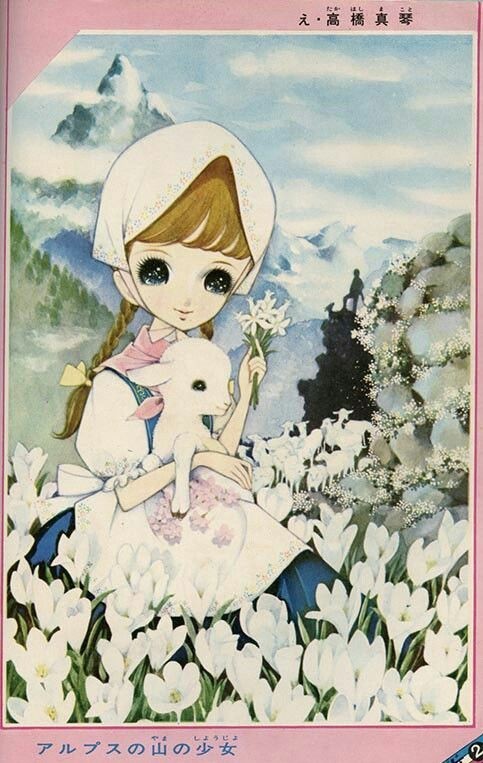


Heidi by Macoto Takahashi, Anne of Green Gables by Sakamoto Midori (1977) and Heidi by Watanabe Masako (1966).
In the 70s, a few mangaka published works that reminded critics of the "Bildungsroman". The Bildungsroman is a literary genre born in the 1800s in Germany, and it is a sub-category of the coming-of-age story. The Bildungsroman stands out from regular coming-of-age stories by focusing on the psychological and moral growth of its protagonist. Examples of that would be Moto Hagio with The Heart of Thomas in 1974 and Takemiya Keiko with Kaze to Ki no Uta in 1976 (though she never intended to write a Bildungsroman). The West was still shown in a more traditional version in these works, as both stories take place in old catholic boarding schools.
Similarly to how Audrey Hepburn, a Hollywood actress, was seen as a fashion leader in Japan (more about that on my other post about her influence on shoujo), Japanese people at the time had an idealized view of the West and anything from the Western world seemed fashionable and trendy. A great example of that is Sanrio. If you look at early Sanrio characters, a lot of them are from the West: Hello Kitty is British, the Little Twin Stars were inspired by Christmas, My Melody by the little red riding hood, Jimmy & Patty are American etc.
This view of the West began to shift in the 80s and the western literature that inspired shoujo mangaka started to change as well. Instead of comforting, idyllic stories about family life in a traditional American or European country side or stories taking place in traditional European catholic schools, manga inspired by more realistic and contemporary works started publishing. For example, Banana Fish by Akimi Yoshida (1985) draws inspiration from "A Perfect Day for Bananafish" by J.D. Salinger and two of Hemingway's works: "The Snows of Kilimanjaro" and "Islands in the Streams". All three of these focus on either modern issues like overconsumption or darker themes like death and loneliness. The change can also be seen in the gender and age of the protagonists. Instead of being about young teen girls that shoujo readers could identify with, Banana Fish is about adult men. The inspiration is also a lot more loose, and instead of an adaptation, there are only references to J.D. Salinger and Hemingway's works throughout the manga.


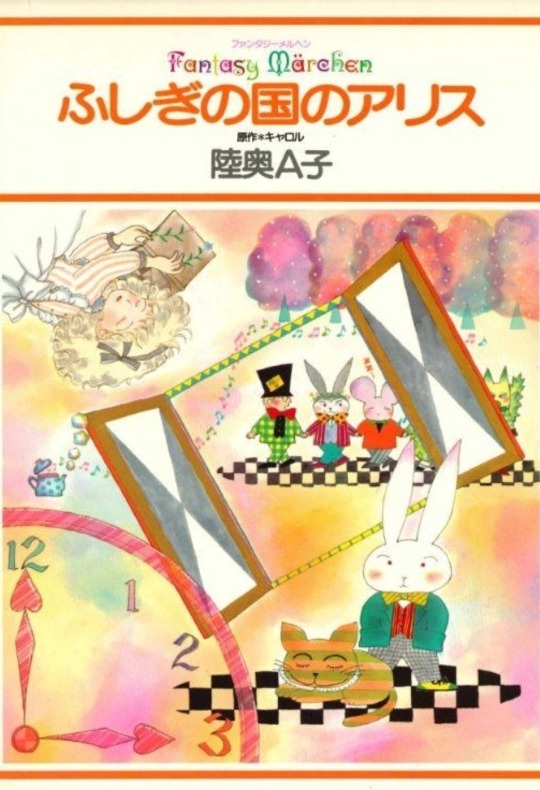
The Heart of Thomas by Moto Hagio (1974), Banana Fish by Akimi Yoshida (1985) and Alice in Wonderland by Mutsu A-ko (1983).
To conclude my post, I really wanted to include this line from the essay by Oogushi Hisayo: If America (can apply to the West as a whole) was once the backdrop of stories for those who yearned to read about "somewhere that is not here", it has, from the 80s onward, become the backdrop of stories for those who yearned to read about "the now and here".
327 notes
·
View notes








